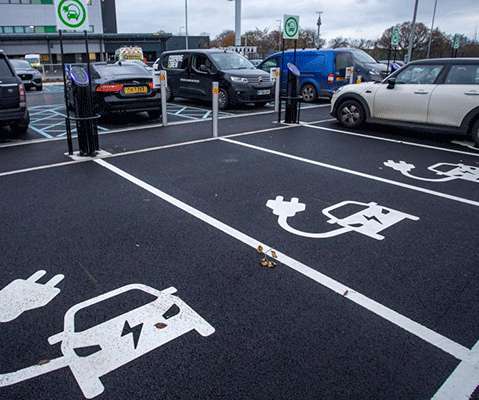Transient Plasma Systems says advances are bringing plasma ignition technology closer to commercialization
Green Car Congress
DECEMBER 20, 2021
Advanced ignition technologies, such as those offered by TPS, have been widely recognized as enablers to achieving higher combustion efficiency and lower emissions for gasoline-powered engines. In particular, TPS technology offers a groundbreaking approach to reducing emissions from combustion engines and improving the environment.















Let's personalize your content